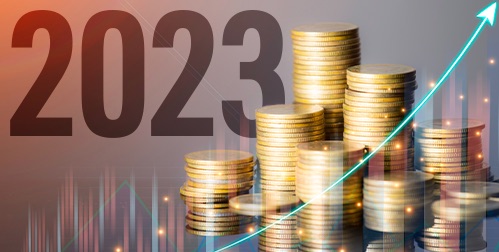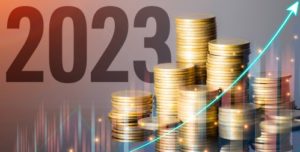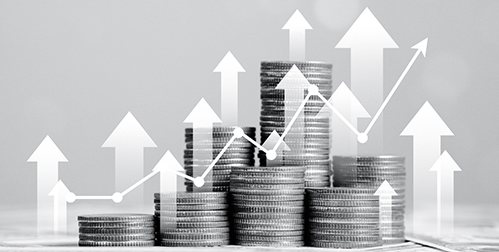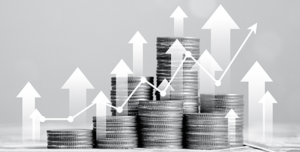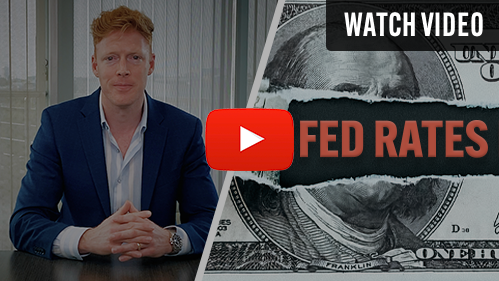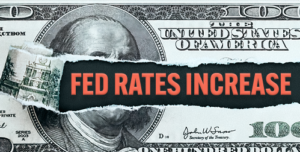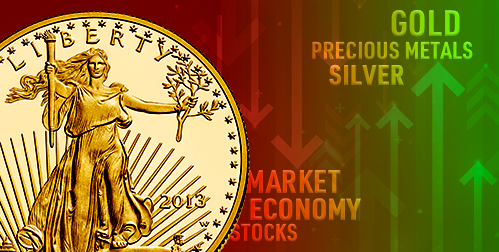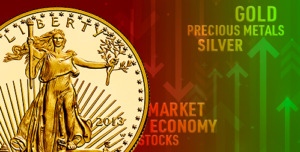- Record losses were recorded across stocks, bonds, real estate and crypto
- Federal Reserve policy sent assets plummeting to their true value
- Investors turn to gold, which is poised to enter a bull market
Epic Losses Across Asset Classes
A Financial Times report found that a traditional portfolio consisting of 60% stocks and 40% bonds will have seen its worst performance since 1932. More than $12 trillion in value was erased from the US stock market last year. In other words, it hasn’t looked this bad since the Great Depression. Plummeting stocks were joined by bonds, crypto and real estate. The ‘everything bubble’ has burst and investors are scrambling to adapt.
The Federal Reserve has raised interest rates to their highest levels since 2007. They stoked mammoth swings across global markets and a steep selloff in assets from stocks and bonds to cryptocurrencies. The Fed’s aggressive interest rate hikes have stopped the flow of ‘free money’ that propped up asset prices. They are now sinking to their true value.
Sound Planning Groups’s CEO said, “I’m calling it the Federal Reserve bubble. I believe that there is a bubble in the stock market, there’s a bubble in the bond market here today. We’ve got a real estate bubble, and that’s also hurting corporations as we look at how they are no longer able to borrow at such low-interest rates.”1
The once booming tech sector led the securities nosedive. A handful of tech stocks were responsible for almost a quarter of the market’s total decline. Giants such as Netflix, Meta, Zoom, Spotify and Tesla saw their share prices falling in the range of 51% and 70%, according to Yahoo Finance. Formerly bedrock stocks like Microsoft are now seen as “risk assets.”
The impact of Federal Reserve rate hikes is beginning to ripple through the real estate market. Rising mortgage rates are crushing demand. The Federal Housing Finance Agency shows that U.S. house prices were stagnant through September and October.
Crypto was once called Gold 2.0 because of its supposed resilience to market volatility. The total crypto market cap fell from $2.25 trillion to $798 billion throughout the year. That represents a drop of 64.5%, and crypto billionaires recorded huge losses.2
Money managers say they are positioning for an environment that bears little resemblance to the one to which many grew accustomed after the last financial crisis. The era of ultralow bond yields, mild inflation and accommodative Fed policy has ended.
There is a belief that we are entering another ‘lost decade’. The term “Lost Decade for Stocks” refers to the ten-year period from 12/31/1999 through 12/31/2009, when the S&P 500 generated an annualized total return of -0.9% over the period. This was only the second time that the market had a negative total return over a decade period. The other period was the Great Depression decade of the 1930s.

Gold Alone Is Set for a Bull Market
In a climate that is prioritizing wealth preservation over profit, traders are turning to gold. Gold prices have been on an incline since November. Analysts think we are entering the ‘Goldilocks’ zone for gold. They theorize that the Fed will stop raising interest rates as inflation plateaus and recession concerns increase. Flattened interest rates will result in less appealing Treasuries and a weaker dollar. Investors will return to gold to shield their wealth in the face of continued inflation.
Eric Strand is the portfolio manager and creator of the European-listed AuAG ESG Gold Mining exchange-traded fund. He said, “We anticipate a new all-time high for gold during 2023 and the start of a new secular bull market when the price goes over $2,100 per ounce.”3
Investors are facing the fallout of the bursting everything bubble. Our Gold IRA can shield your wealth as this new economy takes shape. Contact us today to learn more.


